These once-thriving grocery stores were the heart of every Boomer’s shopping routine, but most are now fading into history.

There was a time when grocery shopping meant heading to the neighborhood store, grabbing a metal cart, and navigating aisles filled with familiar brands, friendly cashiers, and handwritten price tags. Boomers grew up with certain grocery chains that felt like part of the family routine, but many of them have vanished or drastically changed.
While some still exist in name, they’re barely recognizable from their glory days. Take a trip down memory lane with these 10 grocery store chains that once defined Boomer childhoods but are now disappearing fast.
1. A&P was once the king of grocery stores, but now it’s just a memory.

For decades, The Great Atlantic & Pacific Tea Company—better known as A&P—dominated the grocery industry. It was the place where families stocked up on everything from fresh produce to household staples. At its peak, A&P had thousands of locations across the country. But times changed, competition grew, and by 2015, the company had declared bankruptcy for the last time. Now, all that’s left of this once-mighty chain are old storefronts and nostalgia.
2. Piggly Wiggly revolutionized grocery shopping, but most locations have vanished.
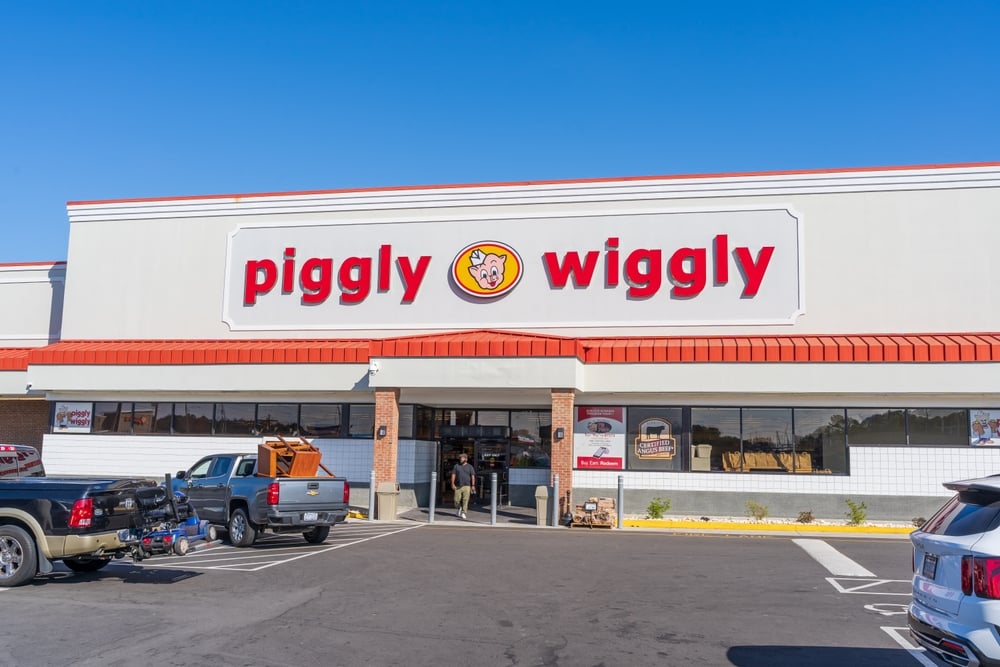
Piggly Wiggly made history as the first self-service grocery store, letting shoppers grab their own items instead of relying on a clerk. The quirky name and pig-themed branding made it a beloved chain, especially in the South. While Piggly Wiggly still exists in some areas, it has shrunk dramatically from its heyday. Many locations have been rebranded or bought out, leaving Boomers longing for the original stores that changed the way America shopped.
3. Winn-Dixie was a Southern staple, but it’s slowly disappearing.

For Boomers in the South, Winn-Dixie was a household name. With its bright red logo and deep roots in communities across Florida, Georgia, and beyond, it was where families did their weekly shopping. But after a series of financial struggles, closures, and mergers, Winn-Dixie isn’t what it used to be. While a few locations remain, the chain has been shrinking year after year, and many longtime shoppers barely recognize what’s left.
4. Safeway once dominated the West Coast, but now it’s fading away.
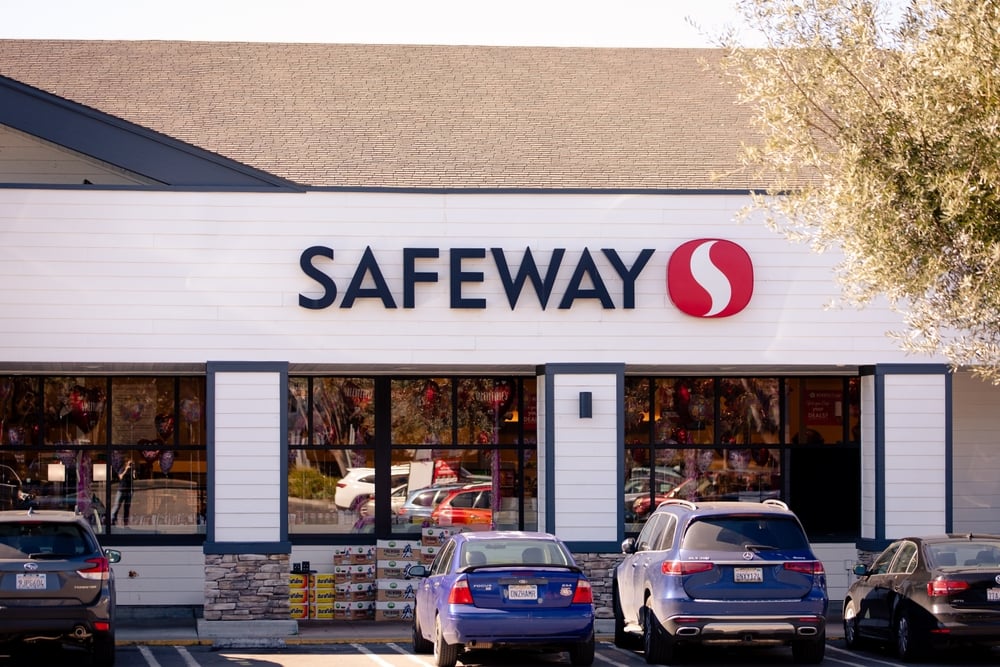
Boomers on the West Coast grew up shopping at Safeway, a chain known for its wide selection and friendly neighborhood feel. At one point, it was one of the largest grocery chains in the U.S. However, after multiple buyouts and corporate shakeups, many Safeway locations have either disappeared or changed drastically. While some still operate under the name, the store that Boomers remember is quickly becoming a thing of the past.
5. Alpha Beta was the go-to grocery store, but now it’s just a Boomer memory.
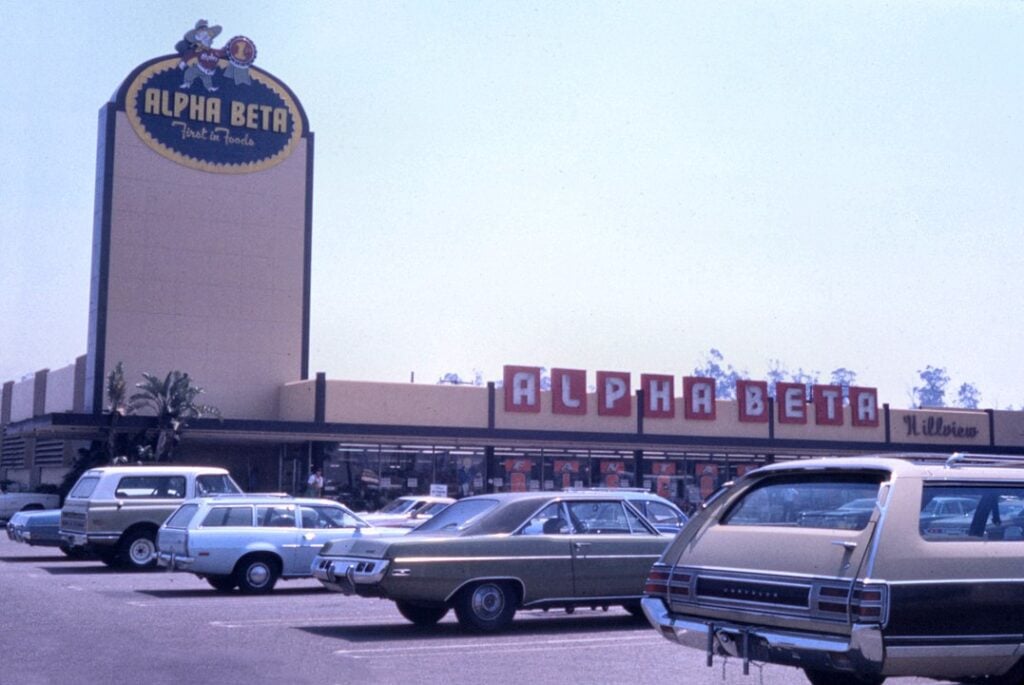
“Tell a friend, tell a neighbor, you got it at Alpha Beta!” If you grew up in California, you probably remember this jingle. Alpha Beta was a hugely popular grocery store chain that thrived for decades, but it didn’t survive the industry shakeups of the ‘80s and ‘90s. Eventually, most locations were rebranded under other names, and Alpha Beta disappeared completely. For many Boomers, it’s a name that still sparks nostalgia, even if the stores are long gone.
6. Kroger once had stores everywhere, but many locations have shut down.
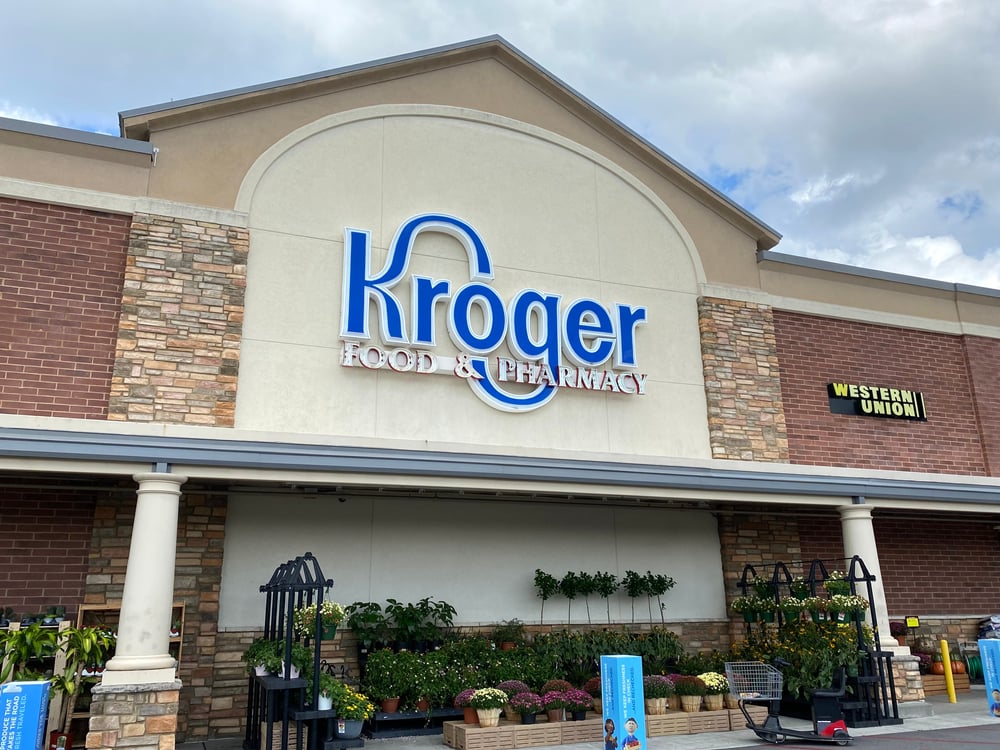
Kroger is still around, but not like it used to be. Decades ago, it had a strong presence across many regions, but in recent years, stores have been closing in multiple states. With fierce competition from superstores like Walmart and budget chains like Aldi, Kroger has struggled to hold its ground. While it still operates in some areas, many Boomers have watched their childhood grocery store slowly fade from their communities.
7. Aldi’s rival, A&P-owned Super Fresh, couldn’t keep up and disappeared.
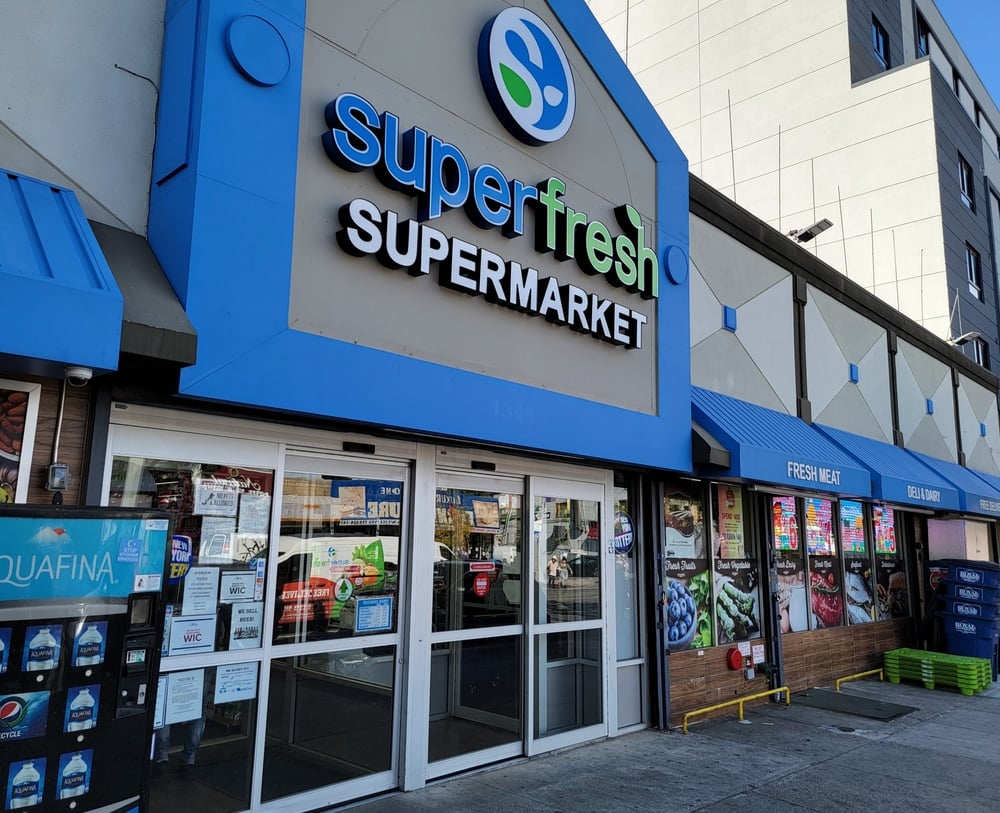
Super Fresh was once a popular chain in the Mid-Atlantic and Northeast, known for its fresh produce and reasonable prices. Originally part of the A&P family, it struggled when discount grocery stores like Aldi and Walmart started dominating the market. Eventually, A&P’s downfall took Super Fresh with it, leaving longtime shoppers with one less option for their weekly groceries. Today, only a few independently owned stores carry the Super Fresh name, but the chain itself is history.
8. Dominick’s was a Chicago favorite, but it didn’t stand the test of time.

For Boomers in the Chicago area, Dominick’s was a trusted name in grocery shopping. Known for its fresh bakery, friendly service, and solid selection, it was a beloved part of the city’s grocery scene. But after a corporate buyout and a series of financial struggles, Dominick’s stores started closing in the early 2010s. Now, all that remains are the empty spaces and the memories of those who once shopped there every week.
9. Grand Union was everywhere in the Northeast, but it’s almost gone.
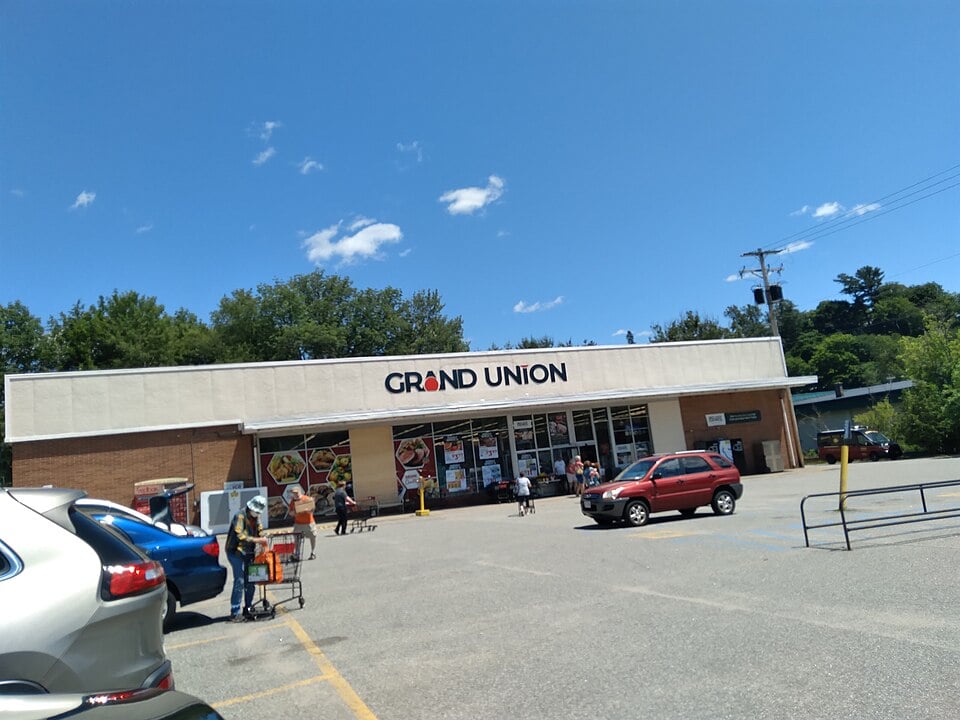
Boomers in the Northeast likely remember Grand Union as one of the biggest grocery chains around. It was a go-to spot for everything from weekly groceries to last-minute dinner ingredients. But like many regional chains, Grand Union struggled to compete with larger national retailers. By the early 2000s, most locations had shut down or been rebranded. While a handful of stores still operate under the name, the Grand Union that Boomers knew is mostly a thing of the past.
10. Pathmark was once a powerhouse, but now it’s barely holding on.
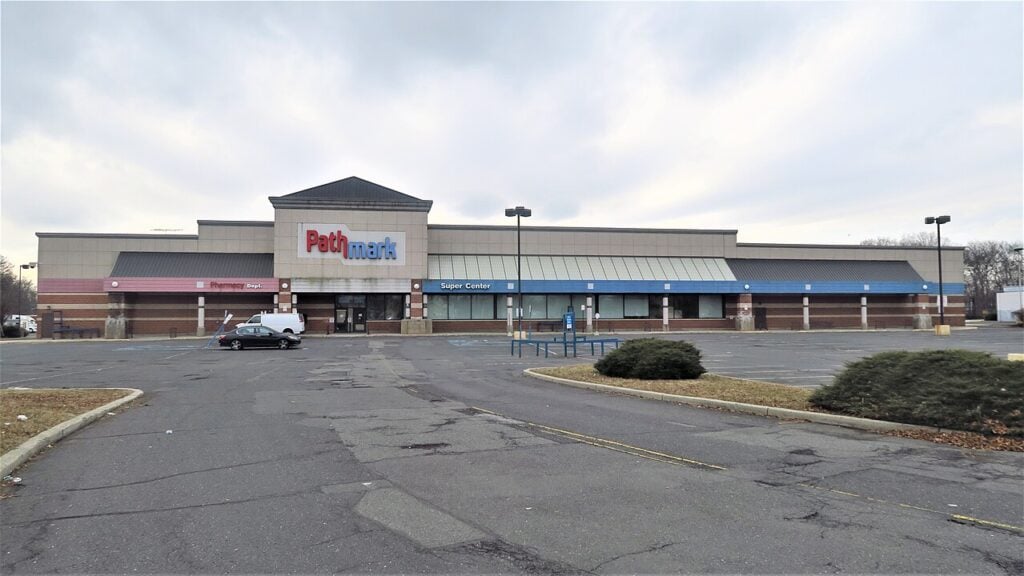
If you grew up in the Northeast, Pathmark was probably a big part of your grocery shopping routine. Known for its large stores and competitive prices, it was a go-to supermarket for decades. But financial struggles and changing shopping habits led to its downfall. The company filed for bankruptcy multiple times, and most locations were shut down or sold. While a few Pathmark stores still exist, the brand is nothing like it was during its Boomer-era glory days.
